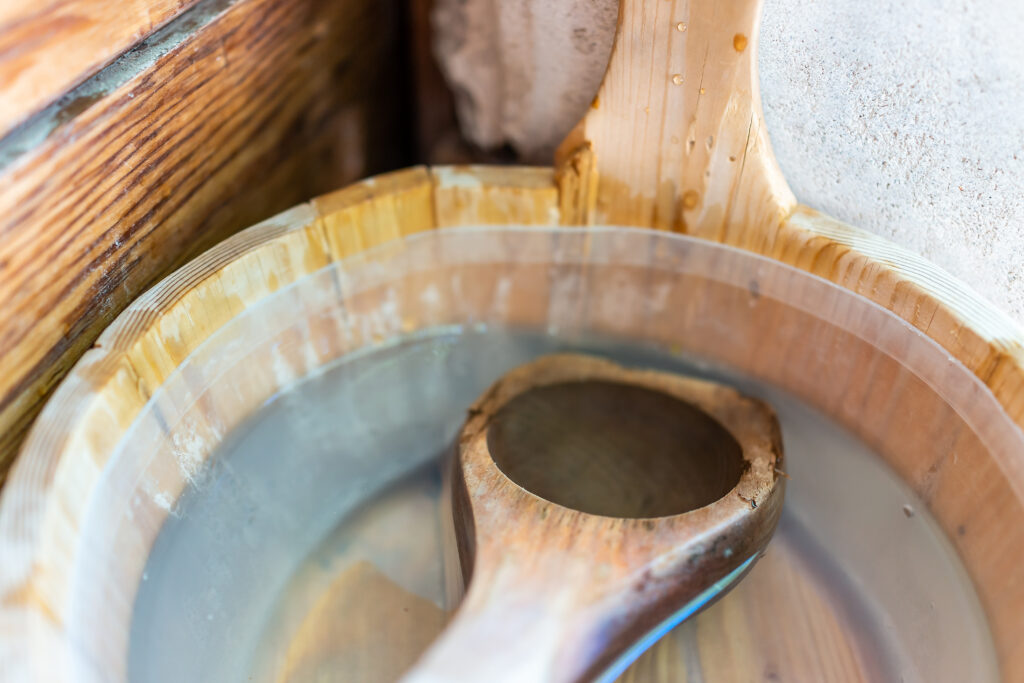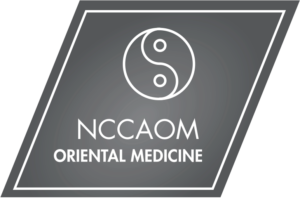It’s interesting to take a look at widely held cultural beliefs about medicine and examine them. A lot of people think that at the first sign of a cold or flu you should jump right into a sauna to “sweat it out”. According to Dr. Melina Ring of Northwestern Medicine, in this article from the New York Times (https://www.nytimes.com/2023/
The classical medicine texts from China appear confusing and cryptic in the way they explain how the human organism functions, but with proper guidance the knowledge and wisdom of the ancients come into focus. In simplistic terms, what’s being transmitted is a methodology to track the life force, the Yang, through its constantly moving cycles. Our life force is warm, which we know because when we die our bodies remain cold. We are always drawing life force in from the outside, circulating it, storing it and releasing it back out. Diagnoses are made based on the life force being blocked and/or weak, and herbal interventions are crafted to address the problems by restoring functionality.
When we get a cold, the life force gets blocked on the surface of the body. To treat this, a classically trained herbalist will prescribe a formula to adjust (strengthen or disperse, based on the patient) how the life force functions at the surface of the body so that we can return to homeostasis. This is not to negate the germ theory of disease, but rather a different way to look at the problem. Chinese herbalism focuses on the environment that’s been disrupted and not the virus or pathogen that’s responsible for the disruption.
One of the signature formulas for a problem such as this is Gui Zhi Tang (Cinnamon Twig Decoction). It uses herbs that work in the middle of the body to strengthen fluids and nutrition and then to create a steaming upward process. It also contains herbs that go directly to the surface to gently open the pores and create a light sweat. The text actually instructs the patient to then cover themselves with a blanket so that the life force is held in and doesn’t leak out.
When we spend time in a sauna there’s a strong release of both fluids and heat. The fluids are often replaced since most people drink a lot of water when using the sauna, but the heat that leaves is the life force leaking out; this can be a dangerous thing when a cold is attacking the body. The traditional practice of doing a cold plunge or rolling around in the snow after a sauna is meant to slam the pores shut so that the life force stays inside where it belongs.
Using a sauna at the first sign of illness must work for people, otherwise it wouldn’t be such a common thing. Saunas do feel good and melt away muscle tension, leaving us with a sensation of relaxation and tranquility. What I’m suggesting with this discussion is that there’s an imperceptible weakening of Yang with an aggressive practice such as this. Chinese herbal medicine is safer in its approach because it takes a more nuanced view of the body and the pathology, and the treatment method is therefore more holistic. The same can be said of its approach to treatment for all manner of illness.


